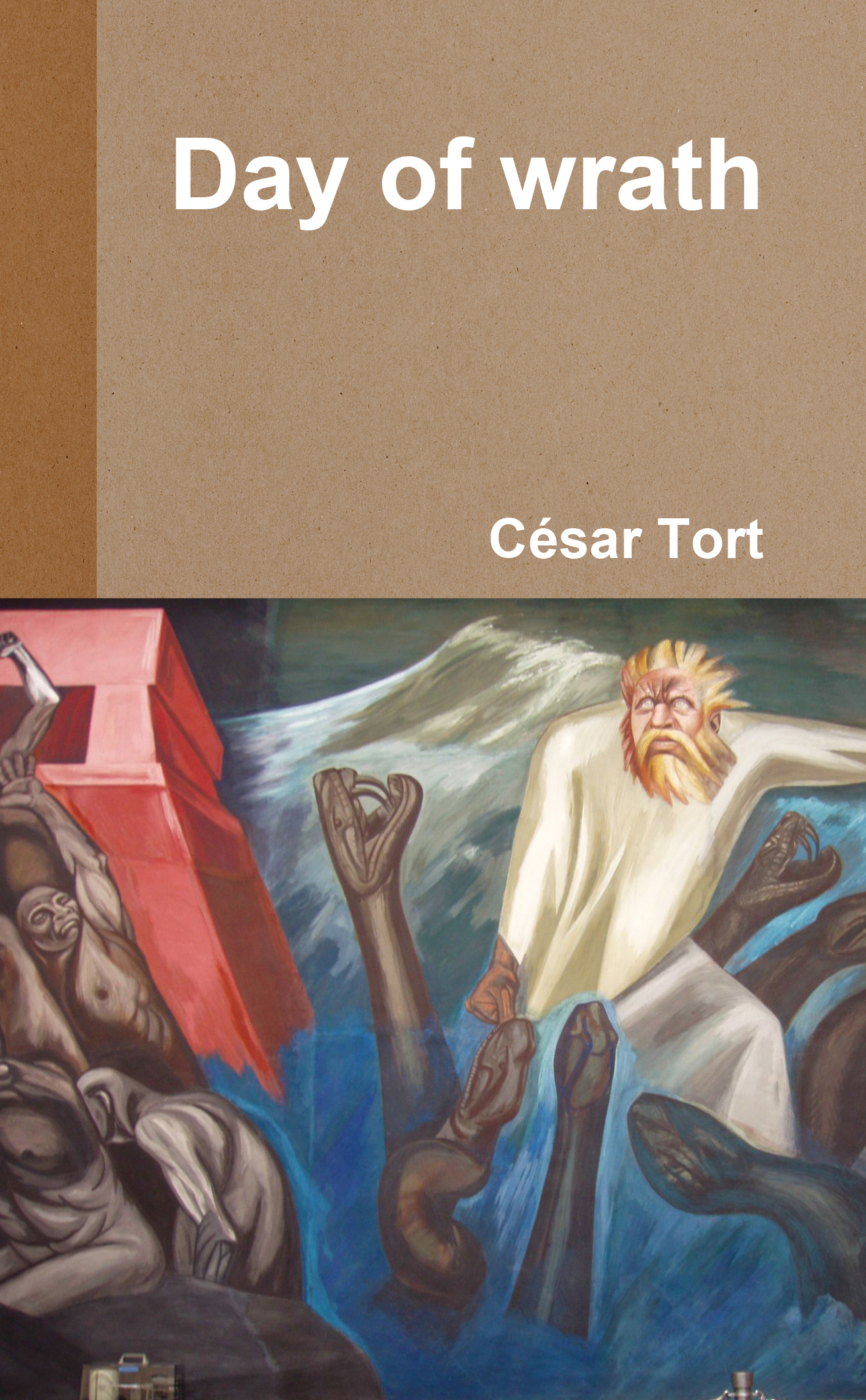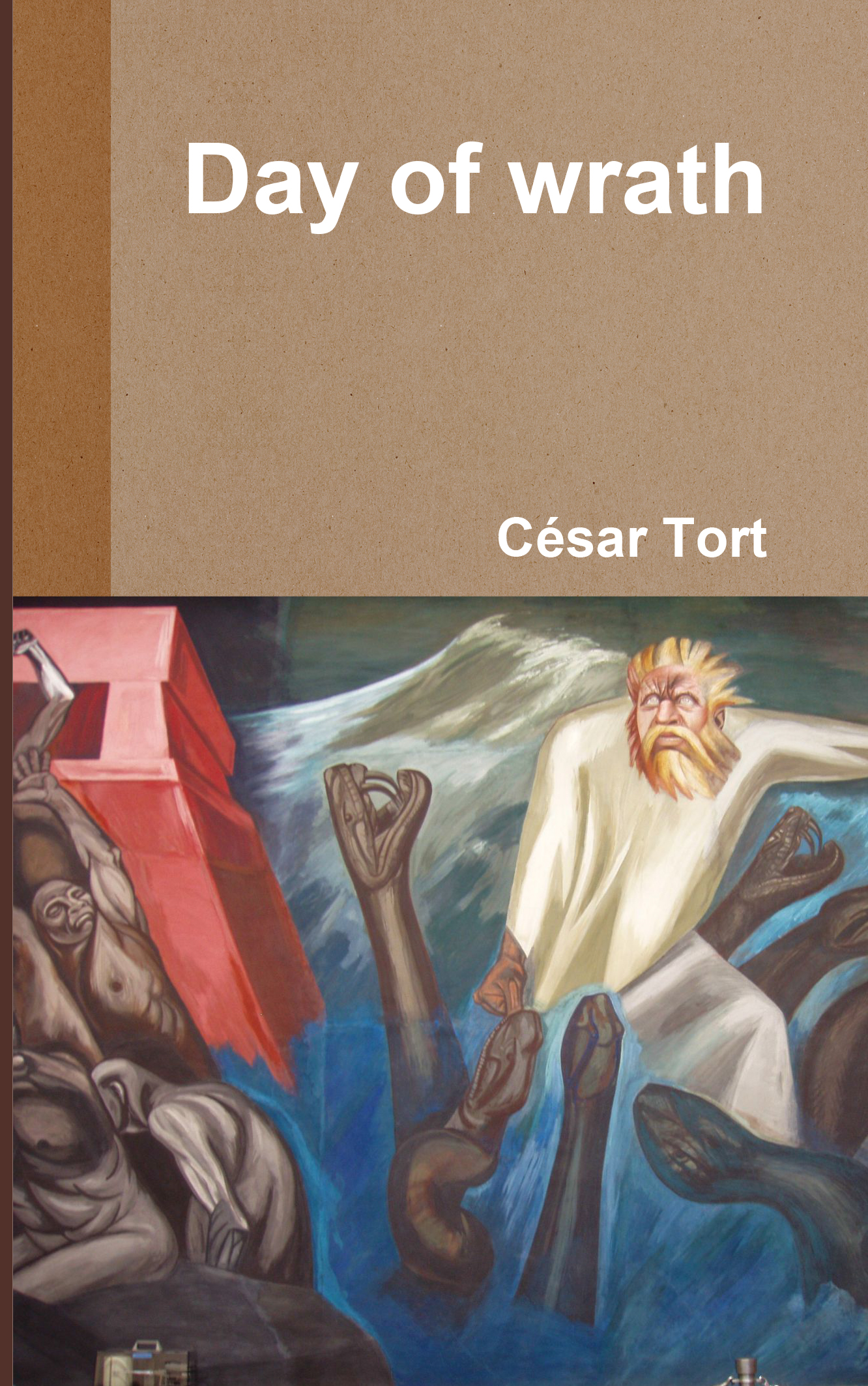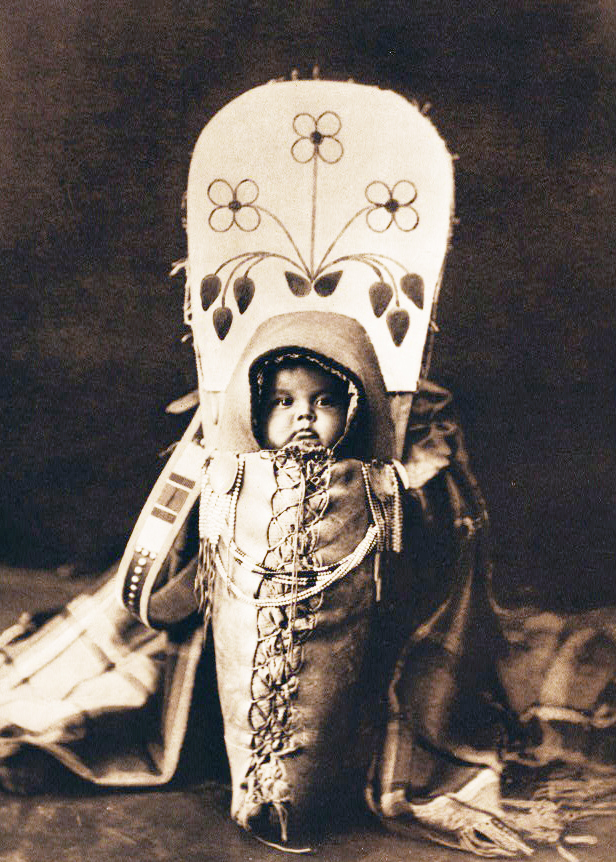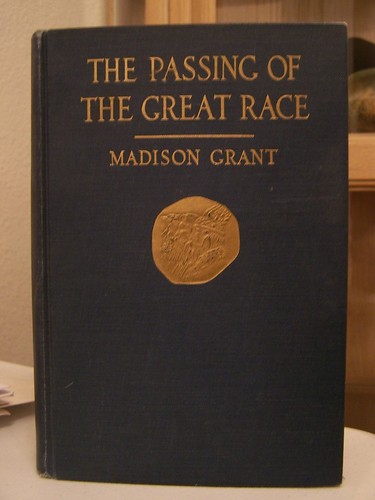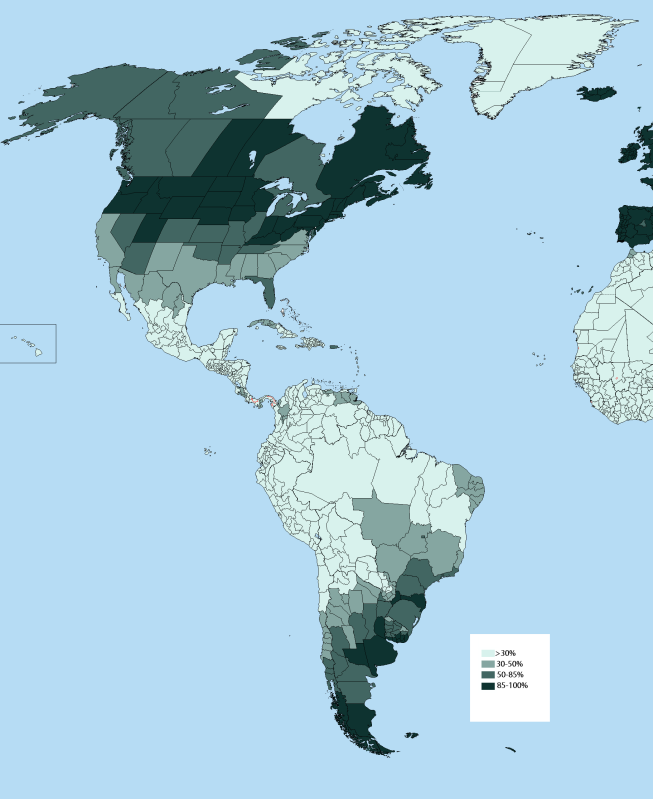arrest and criminal prosecution
of western leaders responsible for
genocidal Third World immigration
by Ferdinand Bardamu
I: The Massacre at Christchurch
The massacre of 50 Moslem worshipers, in Christchurch, New Zealand on Friday, March 15th, has been energetically denounced as a “terrible tragedy” the world over. If the attack had been carried out by a Moslem against Christians or Shi’ite sectarians, the media would have excused the perpetrator as not representative of the general Moslem population, despite the common occurrence of such massacres in the Middle East; however, because 28 year-old Australian national Brent Tarrant is the alleged gunman, whites are collectively to blame for a “system of state-sanctioned white supremacy that manifests itself daily.” Whatever the Christchurch massacre was, we must not join hands with the forces of political correctness in denouncing it as a “terrible tragedy”; we must not agree with VDARE columnist Patrick Buchanan that the massacre was “[a]n atrocity and act of pure evil by a man with a dead soul.” Moslems kill fellow Moslems, Christians and other religionists on an industrial scale, but the Western lugenpresse pays scant attention to these “terrible tragedies,” nor have any of them ever received the same amount of press coverage as the rare massacre perpetrated by the lone race-conscious white, in defense of his civilization from non-white invasion and conquest. Either we denounce all such occurrences as “terrible tragedies” whenever they occur or we pass over them in silence.
Christchurch is one of a growing number of incidents in a larger racial and ideological struggle, one that will have far-reaching political ramifications for the entire Western world. Today, whites find themselves in the midst of a demographic war being waged against them by their own “post-national” governments. Since the post-national state itself is an ideological pipe-dream, the main determinant of national belonging within the state is ethno-racial identity. In fact, because of mass migration, Samuel P. Huntington’s 9 major civilizations, and the inevitable conflicts they will engender being in such close quarters, are already present, in embryonic form, within the larger post-national states of the Western world. The internal dynamics of the new post-national world order are best described as “anarcho-tyrannical.” Non-whites take whatever they want from the white man in a Darwinian free-for-all, but the white man must be tyrannized over and compelled by an impersonal managerial bureaucracy to surrender everything he has. The post-national state’s multiparty dictatorship imposes its will upon whites through physical, but not moral force, which means that the conflict of interest between the hostile elite and indigenous whites cannot be resolved by appeal to some higher or independent authority.
Christchurch is an act of war within the chaotic multicultural environment of the post-national state. If Tarrant’s actions are the catalyst of a much larger conflict, they must be analyzed with the dispassionate objectivity of the military historian, from the vantage-point of strategy and logistics. The elites imported Huntington’s Clash of Civilizations into our own backyards and neighborhoods, but disingenuously excused this unprecedented act of belligerence as innocent “cultural enrichment.” Although white nationalists should eschew violence whenever possible, more radical fringe elements may believe that when white racial survival is at stake, no logical or ethical limit can be imposed on the force needed for the complete destruction of those who would threaten whites with racial extinction; in the most objectively desperate situations, it remains a truism that survival always necessitates war. Nevertheless, for white nationalists in formerly white countries, violence is generally counterproductive; if leftists were able to infiltrate the main institutions of Western civilization over the course of decades, white nationalists should be able to do the same. Ethical considerations are indeed peripheral to the white nationalist struggle against multicultural hegemony, but this is only because there is a political goal that must be achieved at all costs (which means that violence cannot be completely ruled out if the situation demands it). For us, this goal is twofold: the repatriation of all non-whites in the Western Hemisphere and the criminal prosecution of hostile elites.
We must not dismiss Tarrant as, to quote various sensationalistic media accounts, a “lunatic right-wing extremist,” a “working class madman,” or a “crazed gunman.” Such tactics are reminiscent of Soviet psychiatry, used to publicly humiliate dissidents and marginalize legitimate criticism of government policy. In the former USSR, dissidents who publicly challenged official Marxist-Leninist dogma were diagnosed as schizophrenic, locked away in mental hospitals and force-fed anti-psychotic pills until they were reduced to mindless, drooling zombies barely able to dress and feed themselves. Communist regimes around the world embraced political psychiatry as a means of enforcing conformity to state policies and the orthodox ideological interpretation of Marxism-Leninism favored by communist officials. Using the scientific-sounding jargon of psychiatry to associate political dissidence with mental illness was a highly effective tactic; if anti-communism was a sign of serious mental illness, the public would pay no attention to it.
Labeling dissidents and their theories “insane” or “crazy” isn’t only confined to communist nations. In 1989, the Ontario attorney-general famously denounced the late J. Philippe Rushton’s research on race and intelligence as “loony.” To this day, anti-racist academics continue to respond viscerally to Rushton’s r/K selection theory and life history approach to human differences, summarily dismissing both as “weird” and “bizarre,” without seriously engaging his body of work on an academic or intellectual level. By attributing Brent Tarrant’s actions and message to some simplistic individual-level mental pathology, critics want to dismiss whites who complain about being ethnically dispossessed in their own homelands as mentally ill. Smearing someone with the mental illness label because you disagree with what they say or do is a common left-wing tactic.
II: The Reality Behind “The Great Replacement”
Tarrant’s manifesto, entitled “The Great Replacement,” is the work of a rational and lucid mind. He makes a great deal of the fact that hostile elites all around the Western world are flooding formerly white nations with millions upon millions of culturally and racially unassimilable non-white foreigners; in consequence, whites will become minorities in their own countries before 2100.
No one, except the most indoctrinated multiculturalists, can deny the reality of the “Great Replacement,” the demographic transformation of the West into Los Estados Unidos de América, Eurafrica and Eurabia. This is an act of self-immolation that has lowered Western standards of living. Only our mostly dim-witted elites would see this as cause for celebration, while hiding behind armed bodyguards in heavily fortified compounds; better to be insulated from the corrosive effects of imported diversity than engage the electorate in serious debate as to its merits.
Whether the elite wishes to acknowledge it or not, exposure to diversity opens eyes, sometimes giving sight to the most hardened liberals and cultural Marxists. Tarrant, originally a communist, then an anarchist, was “radicalized” by Moslem terrorism in Western Europe. This lead to the realization of certain factual and statistical realities; unlike other racial or religious groups, Moslems came close to invading the cradle of the Occident and exterminating its indigenous white civilization and culture. By 732, the Moslems had conquered the entire Iberian peninsula and would have subjugated all Europe, but for Charles Martel, who defeated them at the Battle of Tours; in 1683, they invaded Europe again, only to be defeated by John III Sobieski and his Christian coalition at Vienna.
The Koran, which calls for the indiscriminate killing of infidels, is best described as a blueprint for world domination. Because violent jihad is a religious obligation, Moslems are far more likely to commit acts of terrorism than any other ethno-racial or religious group; in the United States alone. Moslems are 1% of the population, but have been responsible for 27% of all violent extremist incidents from 2001 to 2016; this means that they are 27 times more likely to commit terrorist offenses than the general population. Moslem animus towards the West has forced some whites to resort to violence to drive out the Islamist plague, which is understandable; Moslems are hostile invaders who wish to kill all unbelievers or force them to pay the jizya tax and submit to dhimmitude under a Moslem Caliphate based on Shariah law.
The hostile elites have granted the West’s historic enemies a free hand in Western Europe and North America to rape, murder, pillage, colonize and enforce Shariah law in a land that neither belongs to them nor wants them. This is a depraved and vicious act that cries out for some kind of judicial punishment.
III: Your Fundamental Right to Freedom of Association
In the language of natural law, which has unfortunately been distorted beyond recognition by liberal demagogues, marrying one’s own race and living among one’s own kind are the most fundamental negative rights. Freedom of association lies at the heart of any truly free and democratic society; only the vigorous preservation of this freedom can maintain the racial homogeneity necessary for the flourishing of free institutions. With freedom of association comes the freedom to discriminate. Individual liberty and moral autonomy historically necessitated anti-miscegenation laws, the Supreme Court’s “separate, but equal” doctrine, racial restrictions on citizenship and immigration, literacy tests for voting and rejection of women’s suffrage; paradoxically, the repeal of this legislation was an attack on individual liberty in the name of leftist mob tyranny.
If all non-whites have the right to freedom of association in their own countries, which they freely exercise because they have not unilaterally disarmed themselves by extinguishing their own racial consciousness, then whites must also have the same right. It should come as no surprise that the liberal totalitarian has long ago discarded negative rights; this is because they constitute a significant impediment to the implementation of multicultural policies. Liberal managerialism and Lockean natural rights are mutually incompatible.
To the race-conscious white man, the loss of freedom of association is a fate worse than death. Can you imagine not being able to voice your own opinions on the matter because of elite totalitarian control of the mass media? Can you imagine being shouted down and harassed at every moment as a racist and a bigot, for demanding something taken for granted by non-whites? The non-white invaders are not nearly as empathetic or compassionate as whites; they cannot even begin to fathom white suffering in the face of genocidal Third World immigration. Tarrant’s hatred is the Saxon’s hatred in its purest and holiest form, the kind of hatred that Rudyard Kipling spoke so highly of in his own poetry, although misplaced and channeled towards counterproductive ends (in other words, he should have targeted members of the globalist ruling class instead). In a world where all non-whites have a right to live in their own nations, with members of their own race, language, culture and religion, why shouldn’t Tarrant, as a member of the white race, not have these same rights to the kind of things non-whites take for granted?
IV: Senator Anning’s Common Sense on Third World Immigration
 On March 15, in the aftermath of the Christchurch massacre, Queensland senator Fraser Anning said in the following statement to the press: “The real cause of bloodshed on New Zealand streets today is the immigration program which allowed Muslim fanatics to migrate to New Zealand in the first place.”
On March 15, in the aftermath of the Christchurch massacre, Queensland senator Fraser Anning said in the following statement to the press: “The real cause of bloodshed on New Zealand streets today is the immigration program which allowed Muslim fanatics to migrate to New Zealand in the first place.”
This was one of the few times that a Western politician had dissented from elite consensus. Moslems have been allowed to emigrate to Europe since the 1960s. For decades, their colonization of the cradle of Western civilization has been an orgy of murder, pillage, widespread rioting, brutal acts of terror and gang rape. So far, our mostly dim-witted, but hostile elites have callously turned a blind eye to this terrible rampage instigated by their own inept multicultural policies. Instead, they call for more immigration from the Third World. The belief that immigrant social pathologies exist because, to quote Barbara Lerner Spectre, “Europe has not yet learned how to be multicultural” is accepted as an article of faith by members of the hostile elite.
How was Senator Anning rewarded for speaking truth to power?
The following day, during a press conference in Melbourne, he was egged by a 17-year-old named William Connolly. This was a vicious act of assault with a potentially dangerous weapon. Anning retaliated by punching Connolly in the head. The boy was subsequently arrested, but later released from police custody without charges. Despite video evidence of the assault, Victoria police chose to hypocritically stand by and do nothing. Prime Minister Scott Morrison inexplicably demanded that criminal charges be filed against Anning. Connolly was lionized as a hero; in just four days, “Egg Boy” was able to raise $57,000 in donations. This was a shocking miscarriage of justice, in a world where lives are routinely destroyed and reputations ruined for much, much less by intrusive, tyrannical governments and brutal, low-IQ Neanderthals masquerading as police officers.
The message sent was clear:
If you publicly speak out against Third World immigration, but are violently assaulted or otherwise criminally victimized as a result, you deserve it and no one will come to your defense, not even the police.
On March 18th, a petition calling for Anning’s expulsion from the Australian parliament was being circulated, with 1.2 million signatures, although no laws exist that would allow the Senate to expel one of its own members.
On March 27th, Anning scathingly rebuked the Australian government’s immigration policies in an open letter to the Prime Minister:
It is a matter of fact that in recent times, these kinds of deadly attacks have proliferated in Western countries. Initially, these attacks were mostly committed by Muslims but more recently, have been committed against them.
It is a matter of causation, not moral blame, that until recently we were largely immune to this problem because until the 1970s Western populations were, for the most part, ethnically, culturally and religiously homogenous.
I believe that these changes were initiated by governments, not requested by the people, who generally wished to retain their way of life, as did others around the world.
This is one of the few times on record that an MP has publicly rebuked the national government—of any globalist-occupied Western country—for its incredibly stupid multiculturalist policies.
On April 2nd, Australian lawmakers unanimously voted on a bipartisan motion to officially censure Anning for his remarks on Christchurch. Fellow senators denounced Anning as an “absolute disgrace,” as “pathetic” and “shameful”; his comments were derided as “inflammatory and divisive.” Senator Anning rightly dismissed the bipartisan motion as an attack on freedom of speech and “an exercise in left-wing virtue signaling of the worst kind.”
V: Why Our Hostile Elites Deserve Criminal Punishment
Senator Anning should be applauded for standing up to the leftist totalitarians of the Australian parliament, who remain intent on using non-white invasion as a battering ram against the white working class. Morrison, the Australian parliament, and most Western government officials certainly deserve blame for their reckless and utterly stupid multiculturalist policies. However, Anning does not go far enough. He calls for the criminalization of multiculturalist policies, but stops short of calling for the arrest and criminal prosecution of those Western government officials who are busily reducing whites to minorities in their own countries.
If a dog fatally mauls a child or a woman, the owner is charged with murder. This is especially true in cases involving negligence and reckless disregard for public safety. Of course, the dog is not responsible for mauling the child; millions of years of canine evolution have genetically predisposed the animal to aggression directed at unfamiliar humans and dogs. The same goes for Moslem immigrants who gang rape, murder or commit acts of terrorism in Western Europe and the Anglosphere. These foreigners do not deserve most of the blame for gang-raping or terrorizing whites, or even dispossessing them of their schools, hospitals and cities; their low IQ, high rate of inbreeding, strong ethnocentric tendencies and penchant for testosterone-fueled aggression mean that they, like animals, are largely under the control of instinct. The Moslem invaders have less autonomy than whites, which significantly diminishes their capacity to accept responsibility for their actions. The proper course of action is to look at who let the non-whites into the country, just as the proper course of action in the case of the killer dog is to find out who the owner is.
We must ask ourselves:
Who gave this foreigner affirmative action or welfare payments so he could dispossess whites in their own neighborhoods and cities?
Who naturalized this foreigner as a “new citizen” of our country?
Who approved this foreigner’s application for residency?
Why did this foreigner decide to get on a plane and fly to our country? Did someone tell this foreigner to come to our country? If so, who?
We must keep asking ourselves these questions until we come to the real culprits behind genocidal Third World immigration: the “democratically elected” politicians of the various multi-party dictatorships in the West that supposedly represent the will of the common people.
When immigrants gang rape or terrorize whites, the real gang rapists and terrorists are not the unwanted non-whites, but the politicians of Western Europe and the Anglosphere. In France, if a group of non-whites gang rape and then murder a white woman or girl, it is not the non-whites who are primarily responsible; on the contrary, the real gang rapists and murderers are Emmanuel Macron, his Council of Ministers and the French parliament. In Germany, if a group of non-whites carry out a terrorist attack that maims or kills dozens of innocent civilians, it is Angela Merkel and the entire Bundestag who are the real terrorists and murderers. They let those non-white foreigners in and forced whites to live around them, well aware of the many dangers Third World immigration poses to unwary or unsuspecting whites.
For every immigrant who is charged with gang rape, murder or terrorism, the politicians, immigration officials and others responsible for allowing non-whites into the country, should also face charges of rape, murder or terrorism. As custodians of the state, the hostile elite should be intelligent enough to know that ceaseless, massive and indiscriminate importation of racially incompatible and unassimilable foreigners will cause significant problems for the host society. Indeed, Western leaders and immigration officials would think twice before importing Africans, Moslems and other scum into their own countries if they were held accountable for their actions by the criminal courts. If such had always been the case, the demographic transformation of the West would not have proceeded with such rapidity and it would have remained overwhelmingly white. Even in cases where the foreigners neither rape, murder or commit acts of terrorism, Western leaders are still not absolved of their actions; for every historic white community that has been ethnically cleansed by mass immigration, those leaders and immigration officials behind it should be hunted down and prosecuted for crimes against humanity, namely genocide.
If a race-conscious white patriot opens fire on non-white invaders imported by the nation’s hostile elite, such as what Tarrant did at Christchurch, the elite must not only be held fully responsible for the massacre, they must also be arrested and prosecuted for it. The laws of evolutionary biology dictate that two subspecies of the same species do not occupy the same geographical area without risking passive genocide through miscegenation, domination of one subspecies by the other and, eventually, the physical extermination of the weaker of the two subspecies. As Senator Anning has pointed out, if the non-white foreigners gunned down at Christchurch had stayed in their own countries where they belong and had not ventured where they were not wanted, they would still be alive today.
VI: Nuremberg-Style Justice for Globalist War Criminals
After WWII, the leading Nazi war criminals were rounded up and tried at the Palace of Justice in Nuremberg. The city was chosen by the victorious allies for its symbolic significance; the birth of the Third Reich was accompanied by the pomp and pageantry of the massive propaganda rallies that had been annually staged in the city; if Nuremberg witnessed the birth of Nazism, the city would also witness its death throes. Just as Nuremberg was selected to be the final act in the Wagnerian tragedy of Nazism, the Götterdämmerung of the Nazi leadership, so the main airports in all globalist-occupied Western nations should be reserved for the trial of the globalist elite. These airports imported the great mass of non-whites into the West, so they were of instrumental significance in the establishment of official multicultural policy in all globalist-occupied Western countries. Special prisons and courthouses near all of the main airports, surrounded by moats, walls, pillboxes and military checkpoints, would have to be constructed to feed, house and medicate the globalist leaders as they await trial for treason and crimes against humanity.
The globalist traitors merit Nuremberg-style justice far more than the Nazis, whose crimes were comparatively innocuous; at least they didn’t ethnically cleanse their own people and destroy their own nations through mass invasion, miscegenation and race war. Since 1948, when the hostile elites inaugurated their program of genocidal mass non-white immigration, there have been a seemingly endless series of gang rapes, murders, riots and terrorist attacks across Western Europe and the Anglosphere; in addition, the mass invasion of non-whites has been used by elites to ethnically cleanse whites from their own schools, colleges and universities, hospitals, neighborhoods, towns and cities. As long as the white man remains asleep, this process of destruction will continue until there is nothing left to demolish.
But what should happen if there is a resurgence of white racial consciousness before the multiculturalist destruction of all Western societies has been completed? This is why the elites have now embraced a policy of “multicultural accelerationism”; they must do everything in their power to speed up the pace of mass non-white immigration by making it as indiscriminate and as massive as possible; in Canada, for example, mass immigration has increased from 150,000 annually in the early 1990s to over 300,000 in 2018; this will increase to over 400,000 in the near future.
Like all governments throughout history, the globalist elite will not be in power forever. Because their time is limited, Western Europe and the Anglosphere must be destroyed as quickly as possible before anyone is able to stop them and reverse their destructive mass immigration policies.
Additional Resource:
The full text of Senator Anning’s open letter to PM Morrison is available: here.
